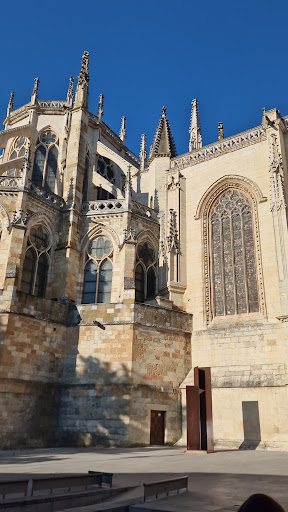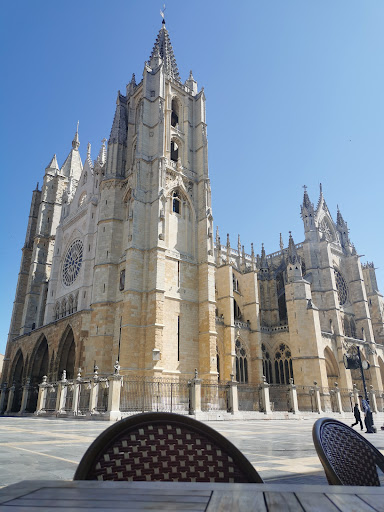Catedral de León things to do, attractions, restaurants, events info and trip planning
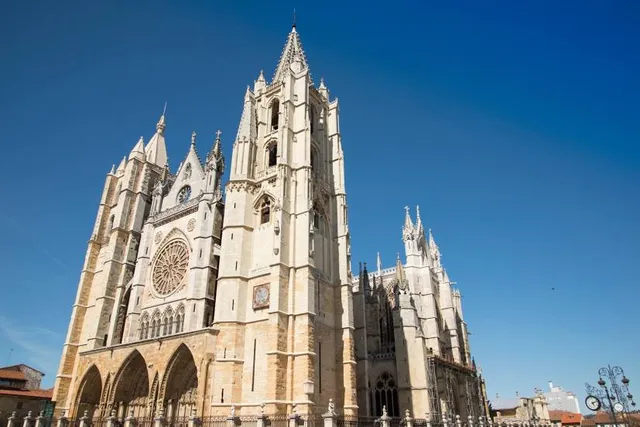
Basic Info
Catedral de León
Pl. de Regla, s/n, 24003 León, Spain
4.7(13.8K)
Open 24 hours
Save
spot
spot
Ratings & Description
Info
Santa María de Regla de León Cathedral is a Catholic church, the episcopal see of the diocese of León in the city of León, Castile and León, north-western Spain, consecrated under the name of the Virgin Mary. It was the first monument declared by the Royal Order of Spain on August 28, 1844.
Cultural
Accessibility
attractions: Museo Sierra Pambley, Casa Botines, Museo Catedralicio Diocesano de León, Basílica de San Isidoro, Claustro de la Catedral de León, Parque Del Cid, Museo Diocesano y de Semana Santa, Palacio del Conde Luna, Fundación Vela Zanetti, Palacio De Los Guzmanes, restaurants: Burger Los Nogales, La Trastienda del 13, La Piccola Stanza, Ezequiel Calle Ancha, Loco León, Clandestino Gastrobar, Vermutería Comedor Cervantes 10, Pizzería Ristorante La Vespa 50, Restaurante Lumière, Restaurante La Catedral
 Learn more insights from Wanderboat AI.
Learn more insights from Wanderboat AI.Phone
+34 987 87 57 70
Website
catedraldeleon.org
Plan your stay

Pet-friendly Hotels in León
Find a cozy hotel nearby and make it a full experience.

Affordable Hotels in León
Find a cozy hotel nearby and make it a full experience.

The Coolest Hotels You Haven't Heard Of (Yet)
Find a cozy hotel nearby and make it a full experience.

Trending Stays Worth the Hype in León
Find a cozy hotel nearby and make it a full experience.
Reviews
Nearby attractions of Catedral de León
Museo Sierra Pambley
Casa Botines
Museo Catedralicio Diocesano de León
Basílica de San Isidoro
Claustro de la Catedral de León
Parque Del Cid
Museo Diocesano y de Semana Santa
Palacio del Conde Luna
Fundación Vela Zanetti
Palacio De Los Guzmanes
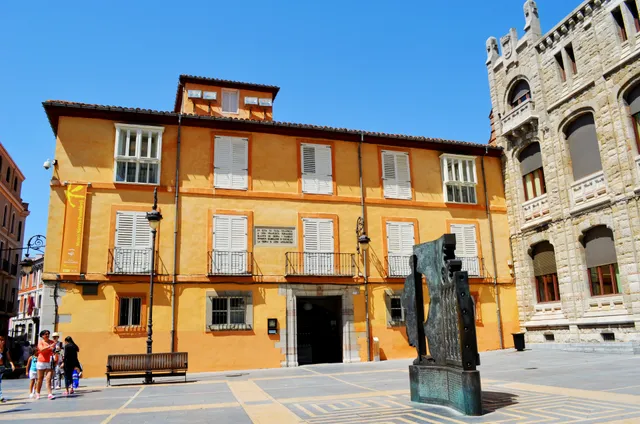
Museo Sierra Pambley
4.8
(145)
Open 24 hours
Click for details
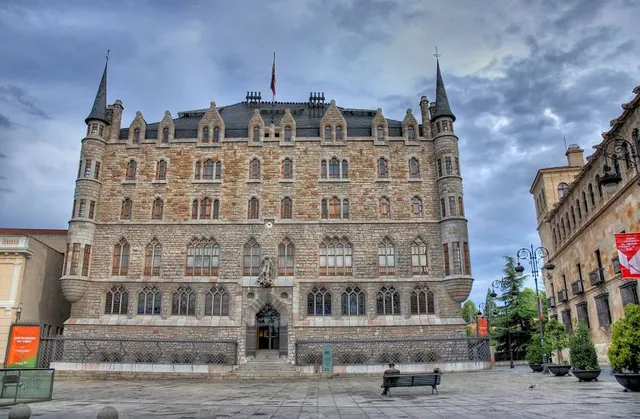
Casa Botines
4.5
(4.1K)
Open 24 hours
Click for details
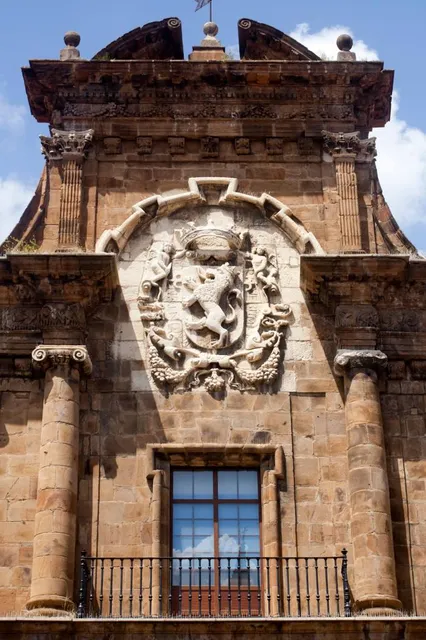
Museo Catedralicio Diocesano de León
4.4
(67)
Open 24 hours
Click for details
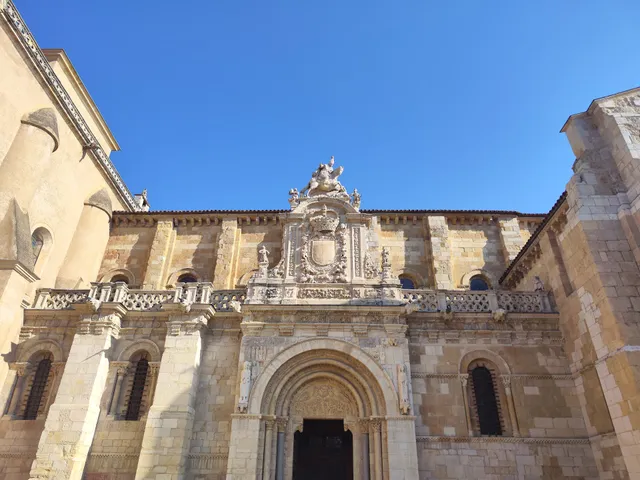
Basílica de San Isidoro
4.7
(4.2K)
Open 24 hours
Click for details
Things to do nearby

Coloquio 6. Por los jardines de la corte
Sun, Jan 4 • 12:30 PM
76 Calle Antonino Fernandez, 24150 Cerezales del Condado
View details
Nearby restaurants of Catedral de León
Burger Los Nogales
La Trastienda del 13
La Piccola Stanza
Ezequiel Calle Ancha
Loco León
Clandestino Gastrobar
Vermutería Comedor Cervantes 10
Pizzería Ristorante La Vespa 50
Restaurante Lumière
Restaurante La Catedral
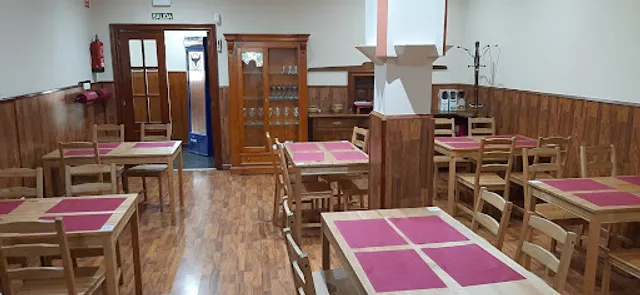
Burger Los Nogales
4.6
(799)
Click for details
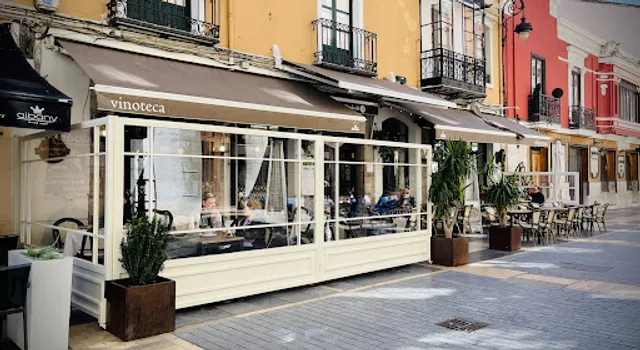
La Trastienda del 13
4.2
(805)
Click for details

La Piccola Stanza
4.6
(457)
Click for details

Ezequiel Calle Ancha
4.4
(5.2K)
Click for details


